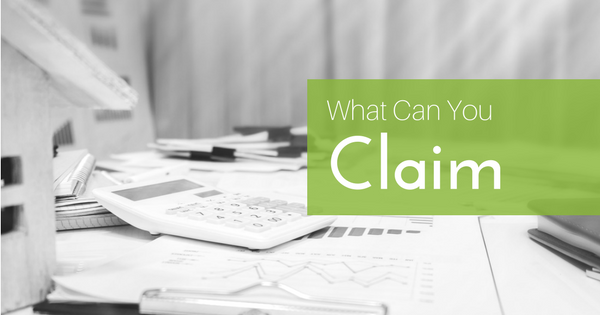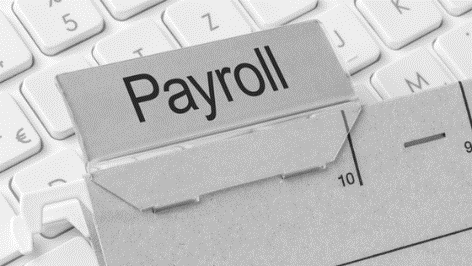Single Touch Payroll is a reporting change coming into effect on 1 July 2018 for some employers. Check if this affects you!!
At each pay cycle, you will need to electronically send payment information to the ATO, as opposed to waiting to the end of the month or quarter. This is to streamline the reporting to the ATO.
Payments, such as salaries and wages, pay as you go (PAYG) withholding and super information, will need to be reported to the ATO directly from your electronic payroll system at the same time you pay your employees. Your payroll cycle does not need to change. You can continue to pay your employees weekly, fortnightly or monthly – whatever you do now. You may have even have different pay cycles for different employees.
How many employees do you have on your payroll?
If you have 20 or more employees, then you must start reporting via Single Touch Payroll from 1 July 2018.
You will need to do a headcount on 1 April 2018 to determine if you need to report via Single Touch Payroll on 1 July 2018.
The headcount should include:
- full-time employees
- part-time employees
- casual employees who are on your payroll on 1 April and worked any time during March
- employees based overseas
- any employee absent or on leave (paid or unpaid)
- seasonal employees (staff who are engaged short term to meet a regular peak workload, for example, harvest workers).
If your headcount is 20 or more, then you will need to ensure you have a Payroll solution that is Single Touch Payroll ready. Contact us on 02 9267 1688 or email enquiries@gockcpa.com.au if you have any questions or are looking for a Payroll solution.
Less than 20 employees?
If you have less than 20 employees, you may have an extra year to comply with Single Touch Payroll. The Australian Government has announced it will expand Single Touch Payroll to include employers with 19 or less employees from 1 July 2019, subject to legislation being passed in parliament.
What do I need to do?
Check if your payroll software provider is Single Touch Payroll compliant or is working towards being compliant.
If you currently do not have an electronic payroll system in place, we can help you find a suitable solution that is Single Touch Payroll compliant and will meet your business’ needs.
One payroll solution is Xero. If you would like to discuss what payroll solution would be best for your business or need help implementing a payroll solution, contact us today for a free chat to see how we can help you!
General advice disclaimer
General advice warning: The advice provided is general advice only as, in preparing it we did not take into account your investment objectives, financial situation or particular needs. Before making any decision on the basis of this advice, you should consider how appropriate the advice is to your particular needs, and objectives. Information is current at the date of posting and may change.












